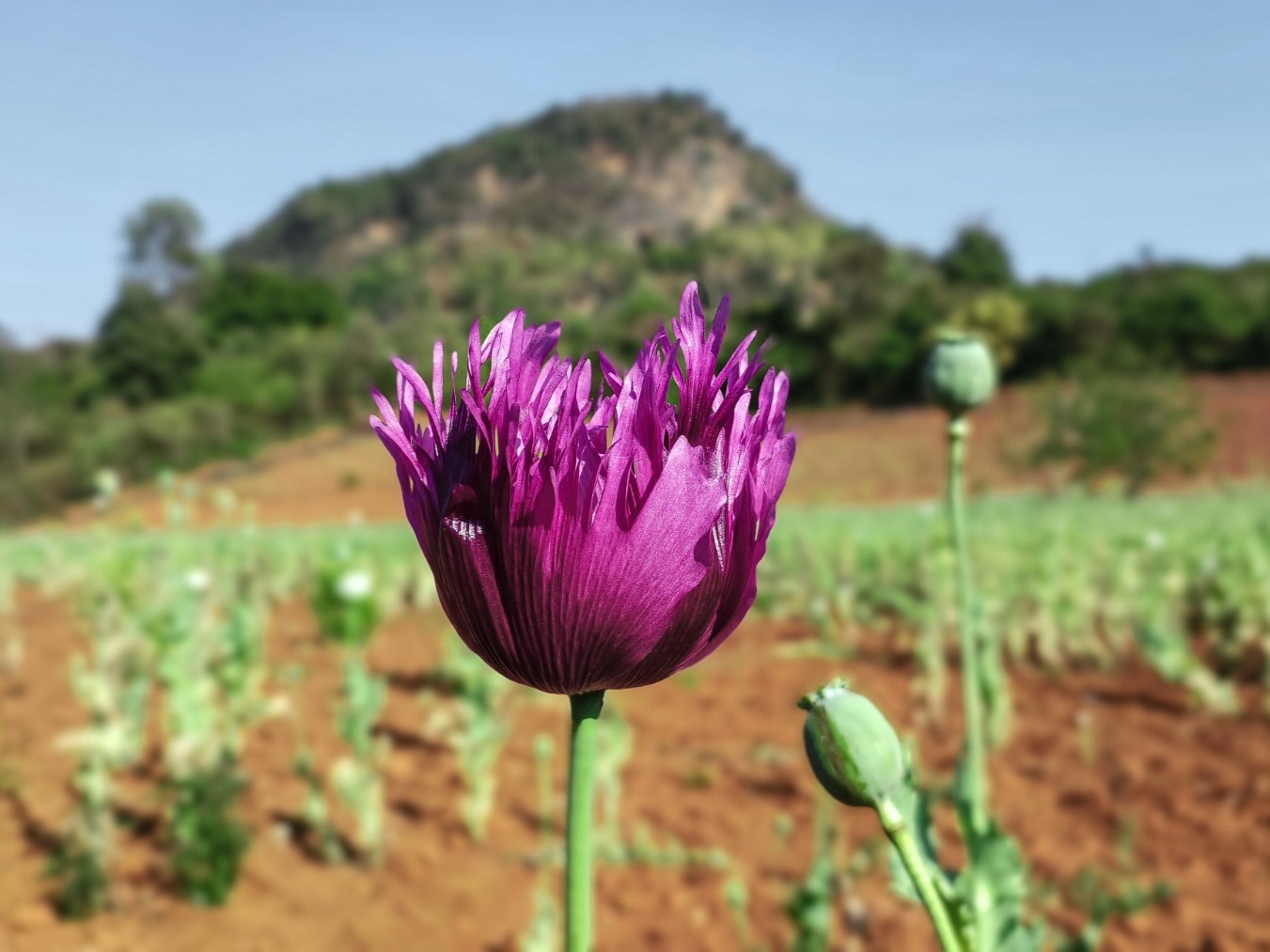
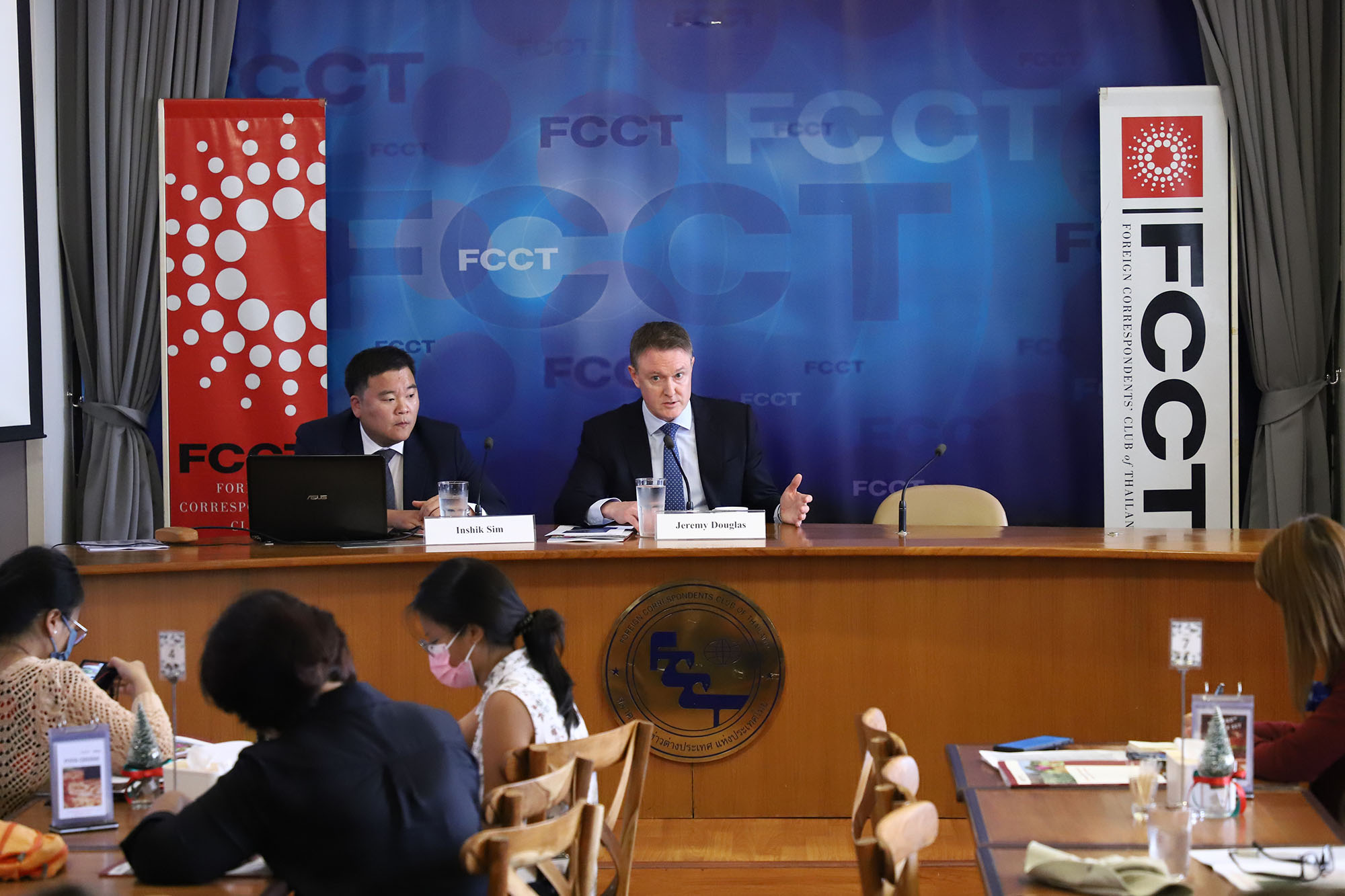
Bangkok (Thailand), 12 December 2023 – Opium cultivation in the Golden Triangle continued to expand over the past year, with a significant increase in Myanmar, the United Nations Office on Drugs and Crime (UNODC) has reported in their latest opium survey for Southeast Asia released in Bangkok today.
The report, titled “Southeast Asia Opium Survey 2023: Cultivation, Production and Implications”, analyses data collected in Myanmar during the second growing season since the military takeover, showing an 18% increase from 40,100 to 47,100 hectares. At 1,080 metric tons today, the potential yield is at its highest since 2001. Following the recent decline of opium cultivation in Afghanistan, Myanmar now stands as the world’s largest source of opium.
“The economic, security and governance disruptions that followed the military takeover of February 2021 continue to drive farmers in remote areas towards opium to make a living,” UNODC Regional Representative Jeremy Douglas said. “The intensification of conflict in Shan and other border areas is expected to accelerate this trend.”
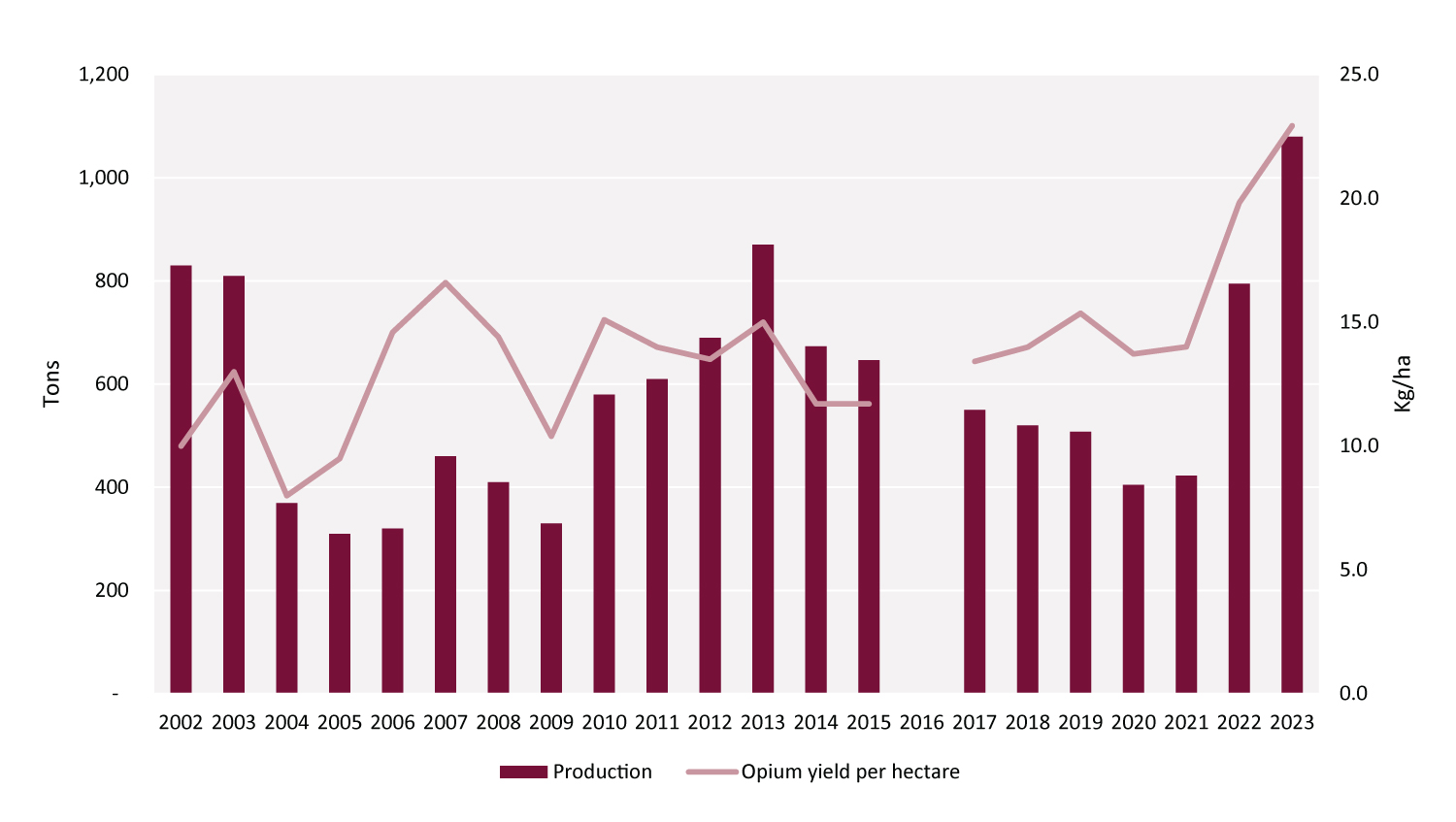
The survey also examines the first cultivation data collected in Lao PDR since 2015. While the data shows that cultivation levels remained relatively stable at 5,000 hectares, more regular estimates will be key to understanding the impact of recent economic challenges faced by the country.
In Myanmar, the most significant increases were registered in Shan State, where cultivation increased by 20%, followed by Chin and Kachin, where it increased by 10% and 6% respectively. A targeted assessment also found indications of substantial opium cultivation in Sagaing, along Myanmar’s border with India. The average estimated opium yield expanded by 16% to 22.9 kg/ha – a further increase from the previous record set in 2022 – reflecting more sophisticated farming practices and investments in irrigation systems and fertilizers by farmers and buyers.
The average price paid to farmers increased by 27% to about US$355/kg – even with an expanding supply – demonstrating the attractiveness of opium as a crop and commodity, and a strong demand underpinning the Golden Triangle opium trade. In total, farmers earned around 75% more than in the previous year. While it is too early to draw conclusions on the impact the opium ban in Afghanistan has had on the situation in Southeast Asia, a protracted ban is expected to translate into continued high prices and further increases in cultivation.
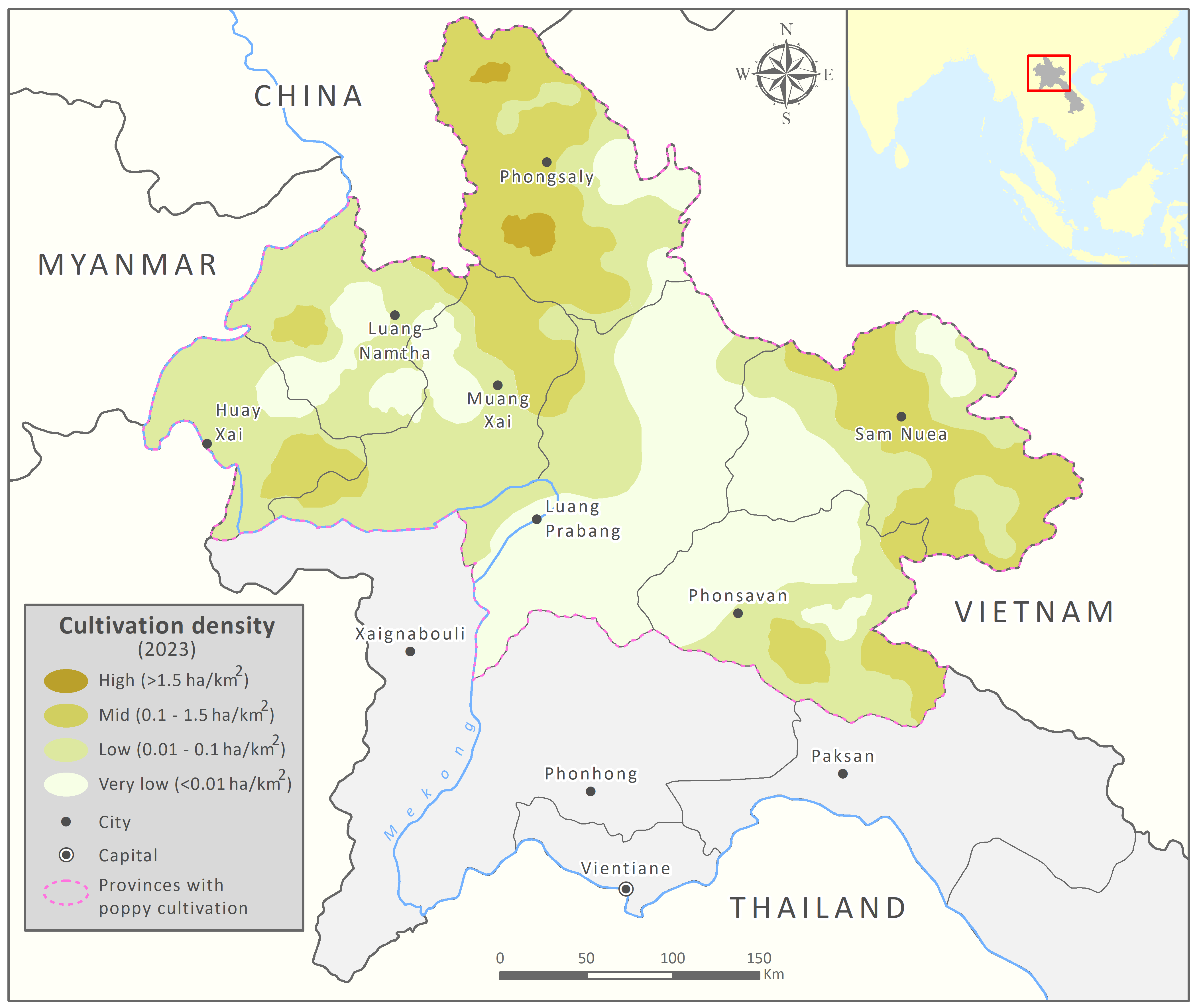
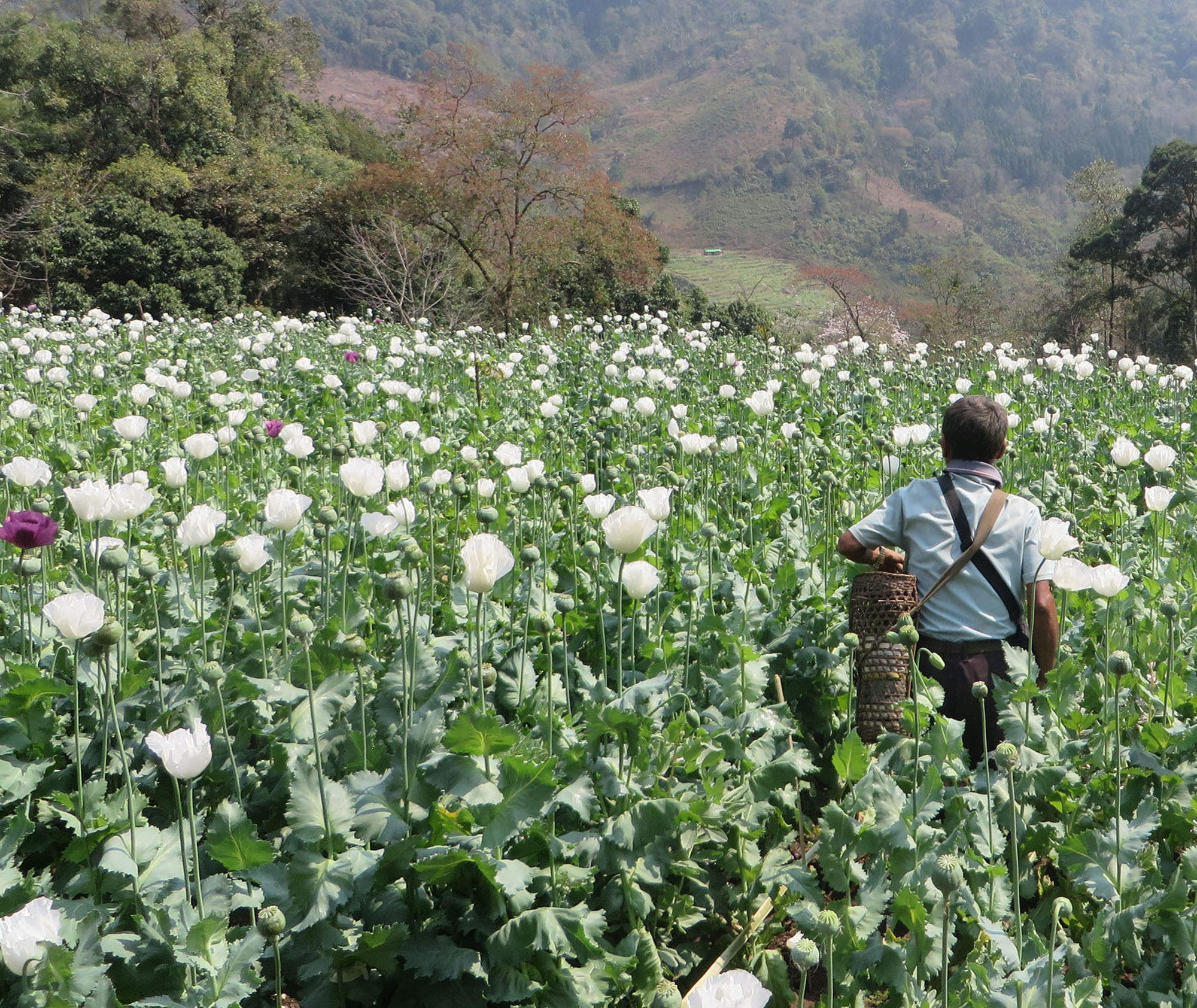
The expansion of opium cultivation feeds into a growing illicit economy in the Mekong, which brings together continued high levels of synthetic drug production and a convergence of drug trafficking, money laundering and online criminal activities including casinos and scam operations. This convergence generates significant profits for organized crime groups in the region.
UNODC Representative Douglas added, “the crime and governance challenges in the region are compounded by the crisis in Myanmar. Southeast Asia needs to come together to find solutions to both traditional and emerging threats.”
Solutions within the country need to take into account the complex realities and vulnerabilities faced by people living in opium-cultivating areas. UNODC works directly with farmers and communities to improve socio-economic conditions for long-term income generation helping build resilience to conflict and economic disruptions.
“In the current situation, farming communities are caught between insecurity and economic hardships,” said Benedikt Hofmann, UNODC Deputy Regional Representative. “Even more people will look at opium as a viable crop if there are no alternatives, especially in the absence of the rule of law. Our work with these communities in Myanmar and Laos is more important than ever as a result.”
Click here to download the full report.
Click here to learn about UNODC’s work on alternative development.